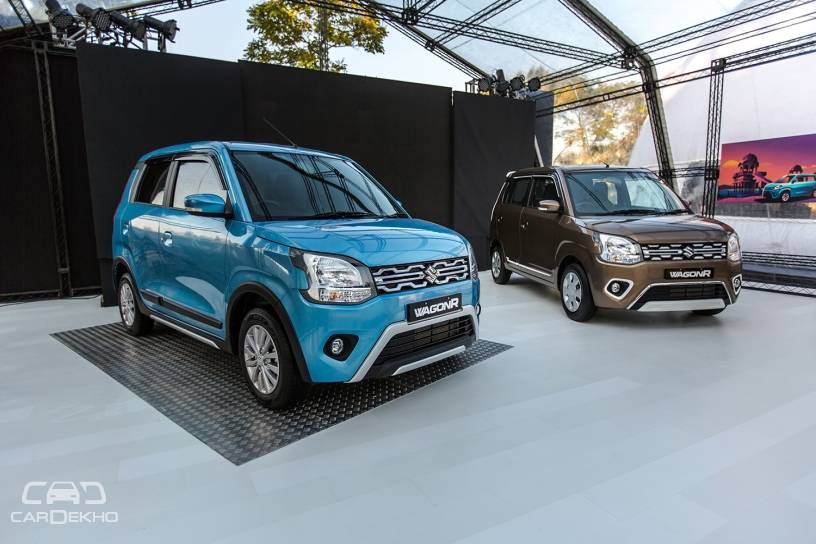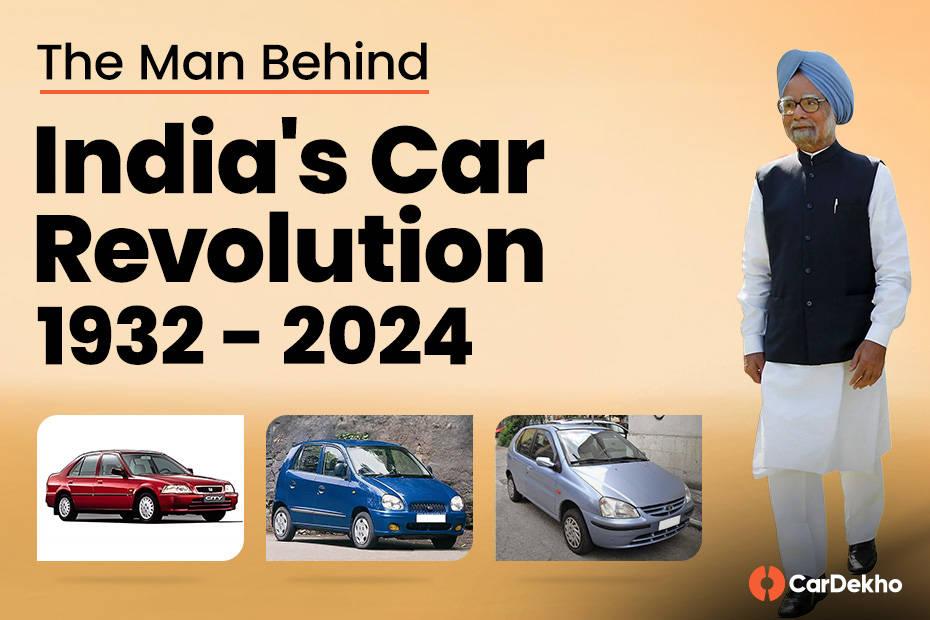Evolution: Maruti Wagon R
Modified On Feb 06, 2019 04:34 PM By Manish
- Write a comment

Update: Maruti Suzuki Wagon R Old vs New: Major Differences
Maruti Suzuki Wagon R is one of the best selling cars in its category. Maruti Suzuki launched the Wagon R in India in 1999. Over the years there have been many updates to the WagonR, which helped it hold its own. The car is also responsible for introducing India to the tallboy design philosopgy, in which the car is designed to be tall with a short bonnet. The reason for such a design is to maximize its cabin space, while maintaining compact dimensions. Before the launch of the third-gen WagonR, Maruti Suzuki managed to sell over 2 million units of the nameplate in India.


Generation 1
The first generation Wagon R offered features like power windows and power steering, which back in 1999 were considered luxuries. The car was able to stand its ground against stiff competition from rivals like the Hyundai Santro, which was introduced before the WagonR. Maruti capitalized on Wagon R’s USP of space and comfort, bestowed by its “tall boy” design by launching it with a competitive price. The car featured a 1061cc engine that produced 67bhp and offered a fuel-efficiency of 12.9 kmpl.
Duo LPG
Seven years later in 2006, Suzuki launched a LPG version called DUO, which was introduced for the F10D engined variants. This gave the driver an option of running on petrol and/or LPG. The car also got aesthetic overhauls with a redesigned grille and tailgate. In addition, the car also featured accents of chrome. The LPG alternative gained substantial popularity due to an improved mileage of 14km/kg.
Generation 2
The second generation of Maruti Wagon R was officially launched in 2010 and was based on an all new platform. The car offered three fuel configurations for its 998 cc-68bhp engine. The KB10 engine was made of aluminum, which provided weight reduction, enabling it to produce 58bhp @ 6200rpm in its CNG variant and 61.6bhp@6200rpm in its LPG variant. The car also featured aesthetic modification like a redesigned grille, bumper, bonnet and tailgate. The car also experienced incorporation of design features like addition of creases, chrome accents etc. the car flaunted new headlamps and new tail light clusters.
Stingray
The Stingray was a major aesthetic update of second-gen Wagon R and it was introduced alongside the regular version. The company turned its modest looking Wagon R into a bold, dynamic looking hatchback. It featured projector headlamps, a first for the segment and alloy wheels as well. Later on, Maruti Suzuki dropped the Stingray moniker and started to sell it as WagonR Vxi+, the top variant of the range.
Generation 3
The third-gen WagonR was launched in India in January 2019. It is based on the Heartect A platform, which it shares with the Ignis. The 2019 WagonR has grown in size. Not only is it longer and wider than the second-gen model, but its wheelbase is also longer by 35mm. This model is available with 2 engine options: 1.0-litre and 1.2-litre. Both the engines can be had with a manual transmission as well as an AMT. The 1.0-litre engine on the new WagonR is the same that was on offer on the outgoing second-gen model.
The third-gen WagonR is not only larger than the outgoing model, it's also more feature loaded. It features ABS and driver-side airbag right from the base variant onwards, and there's also an option to have the passenger airbag on all variants. The fuel efficiency of the new WagonR with the 1.2-litre engine is 21.5kmpl, which is also 1kmpl more than the second-gen model. The third-gen WagonR 1.0 is even more fuel efficiency, with a claimed mileage of 22.5kmpl.
The price of the new WagonR starts from Rs 4.19 lakh, which is almost the same as the base version of the outgoing model.

Also Read: Maruti Suzuki Alto Evolution










